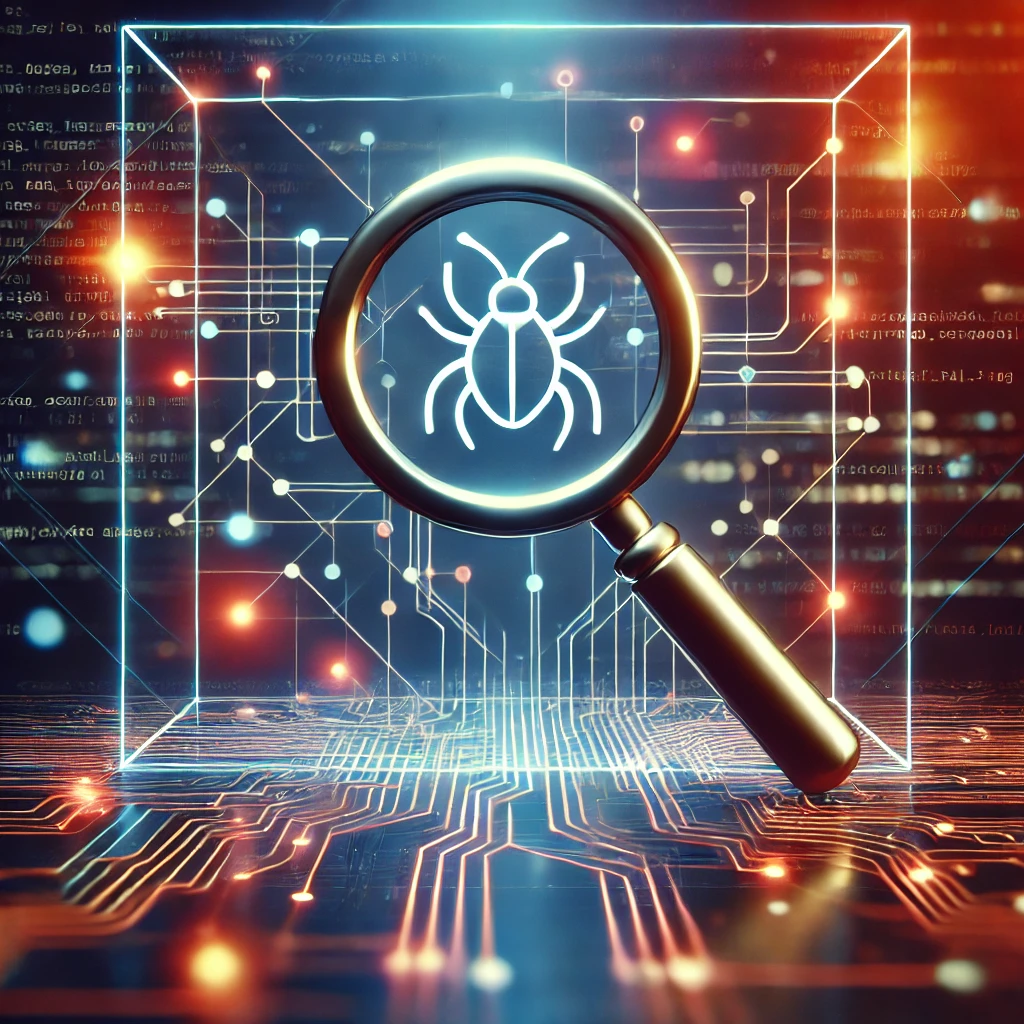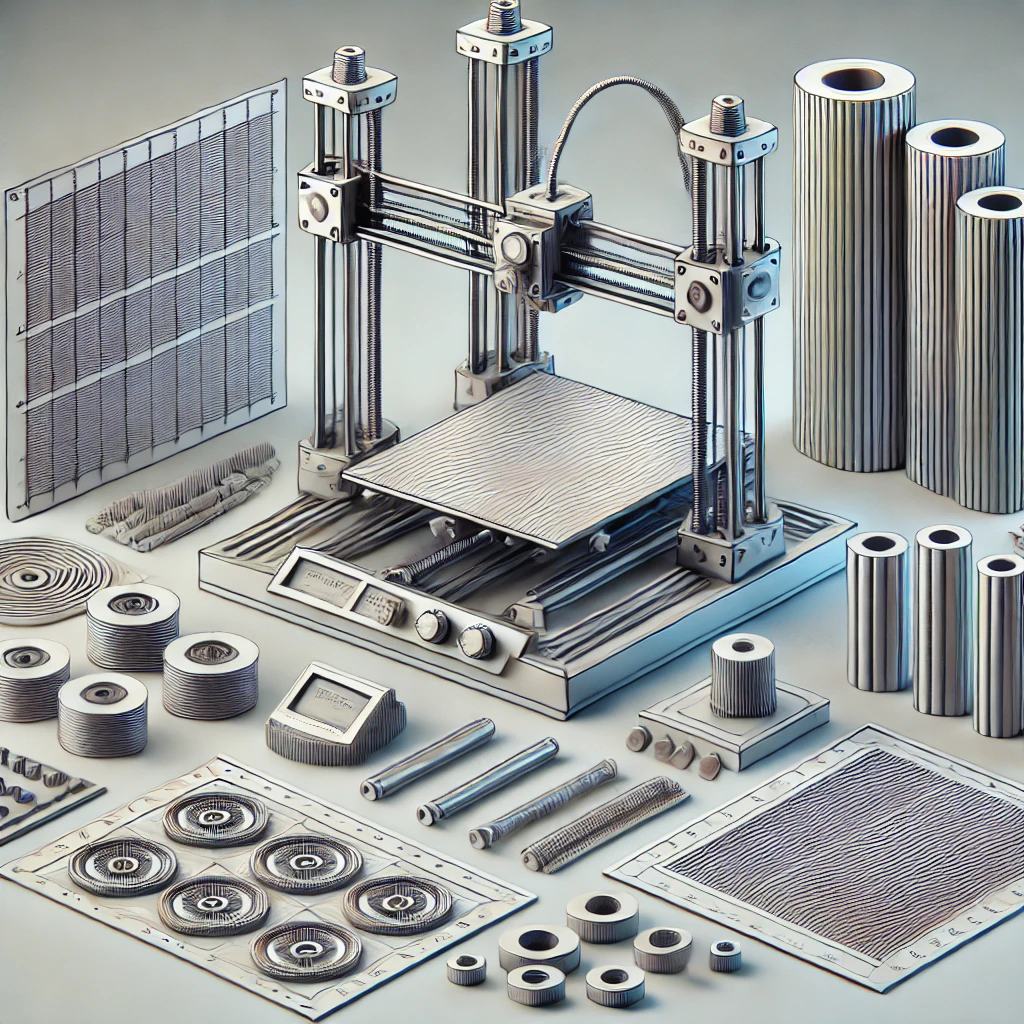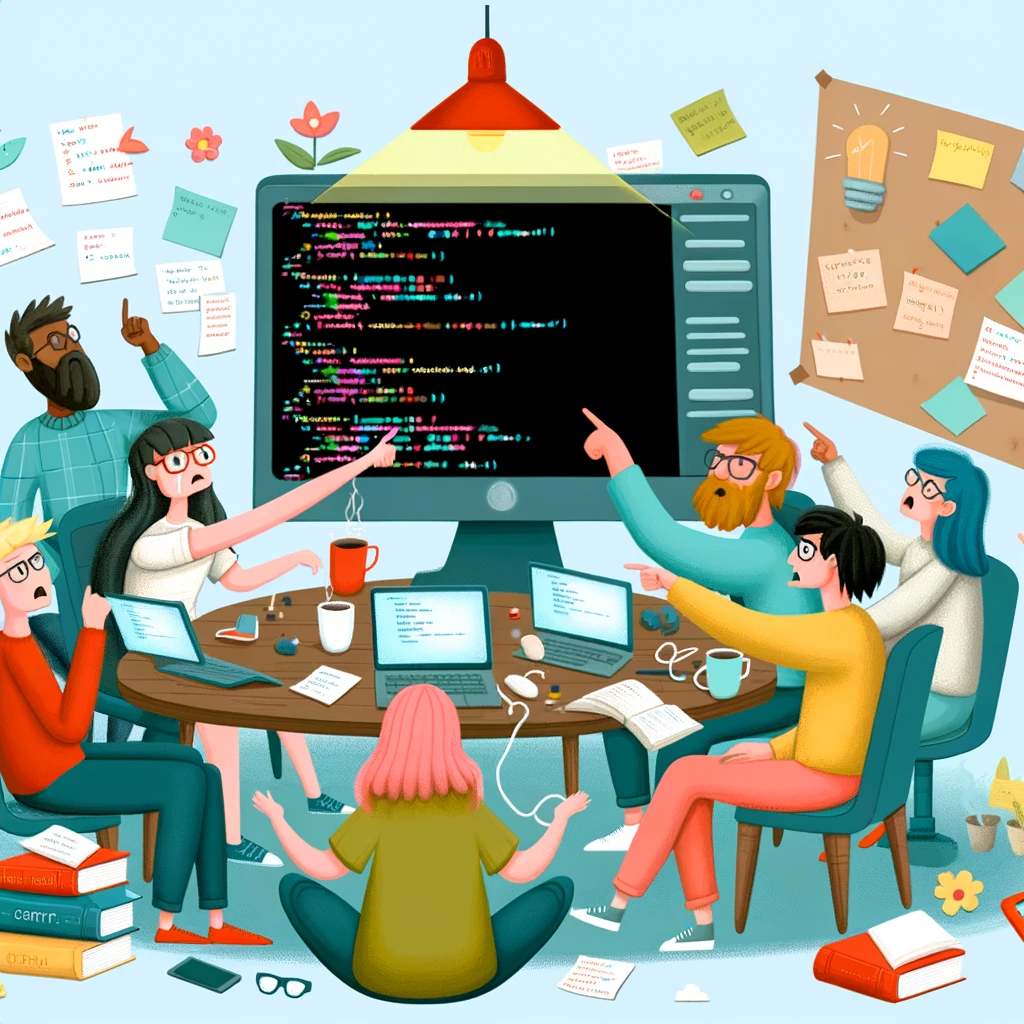What is dataframe-builder?
dataframe-builder is a TypeScript/JavaScript library designed to generate sample dataframes tailored to your specifications. By defining column types and the number of rows, you can produce datasets that mimic real-world data structures, facilitating effective testing and development. I created this project are a foray into open source software, so I welcome any suggestions, contributions, issues,…
Read more







